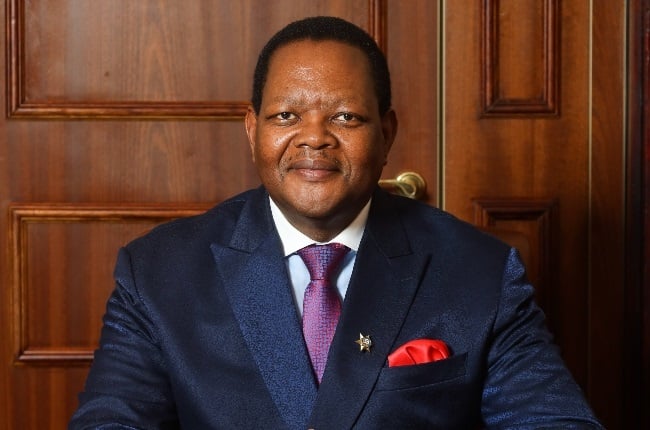
Eskom board chairperson Mpho Makwana says it will take 18 months to two years to fix load shedding, but there is no "shortcut", and South Africans need to play a role in terms of reducing demand.
Speaking during an interview with Newzroom Afrika on Friday, Makwana said Eskom expects to get to an energy availability factor (EAF) of 70% by the end of March 2025.
Makwana's comments come shortly after newly appointed Electricity Minister Kgosientsho Ramokgopa said he was not yet willing to commit to a date for ending load shedding.
"Load shedding, and I want to emphasise [this] on national TV, we are going to resolve it… [but] it is highly irresponsible to just shoot from the hip and say this date, that date," Ramokgopa said in an interview with the SABC on Thursday evening.
Eskom board chairperson Mpho Makwana tells @XoliMngambi that there is no shortcut to ending #loadshedding. He says it will take them 18 months to 2 years to fix it.
— Newzroom Afrika (@Newzroom405) March 10, 2023
Watch: https://t.co/VmPEJYX37w#Newzroom405 pic.twitter.com/Q8uT28jhCn
In response to a question from Newzroom Afrika, Mawkana said: "We can't give you a 'how bad' answer today, for the simple reason that the week-to-week forecast of load shedding is shifting as we improve, [for example] where there [are] parts replacements, where there [are] the different maintenance schedules that are ensuring that other units are coming back on-stream."
"It's going to be a tough winter for sure, given that we've said to South Africans already, and I'm going to repeat that, we are going to take 18 months to two years to fix load shedding. It's very clear, there is no shortcut.
"As of 31 March, we are looking at edging closer to, as fast as possible, a 60% energy availability factor," he said.
"As of 31 March 2024, our forecast is 65% energy availability, and as of 31 March 2025, we will get to 70%.
"So, it is a process that requires two things to happen. It requires that as we do our best to fix the plant; we also do our best in the broader South Africa to add more megawatts onto our grid.
"What can we do, firstly, all of us ... we need to start putting energy-efficient lighting in all our places. We have seen that in 2010/11 when we did the FIFA World Cup, we saved the equivalent of two levels of load shedding through demand-side management."


